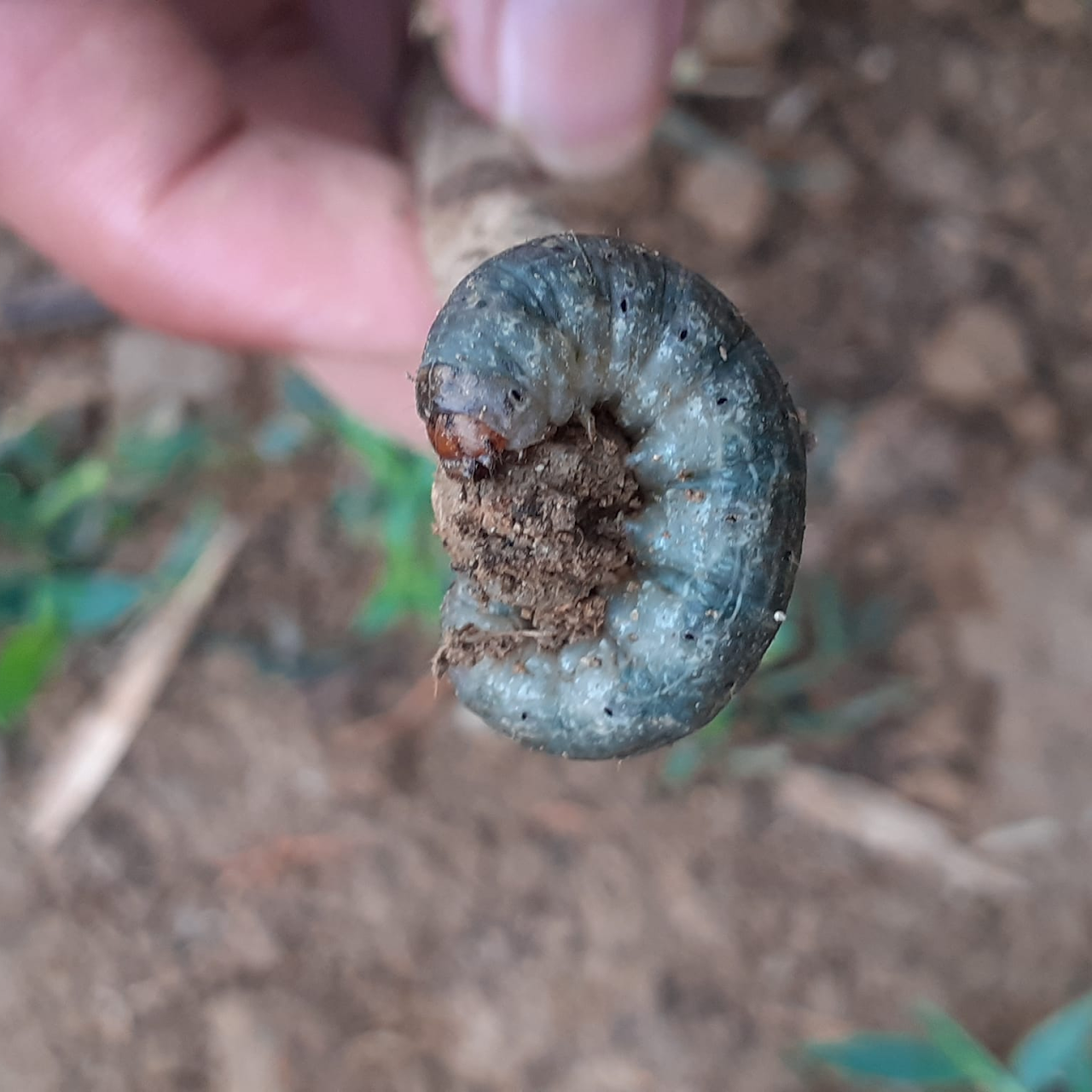Cutworm
Explore Our Commitment to Sustainable Pest Management
This section outlines our dedication to understanding and addressing cutworm challenges. Learn about our values, innovative approaches, and the history that shapes our mission to protect environments and support communities effectively.
Discover Our Informative Cutworm Insights
This section provides detailed visuals to help identify cutworms and understand their impact on environments.









Biological Control
Bacillus thuringiensis (Bt): A natural bacterial insecticide effective against young larvae.
Beneficial insects: Encourage natural predators like parasitic wasps, birds, and ground beetles.
Chemical Control
Baits: Commercial baits containing insecticides can be effective.
Insecticides: Apply only as a last resort; options include pyrethroids or carbaryl.
Cutworm
Identification
Behavior: Nocturnal feeders that hide in the soil or plant debris during the day.
Appearance: Fat, smooth-bodied caterpillars that curl into a C-shape when disturbed.
Color: Varies—gray, brown, green, or black.
Size: Usually 1-2 inches long.
Damage
Crops affected: Tomatoes, lettuce, beans, corn, cabbage, and many others.
Seedlings: Cut at the base, often severing them completely.
Mature plants: Can chew on leaves, stems, or roots, causing stunted growth.
Control Methods
Cultural Control
Use collars: Place cardboard or aluminum foil barriers around young plants to prevent cutting.
Handpicking: Search for curled-up larvae at the base of damaged plants.
Remove weeds: Eliminate their hiding spots.
Till soil: Expose and kill larvae and pupae before planting.
